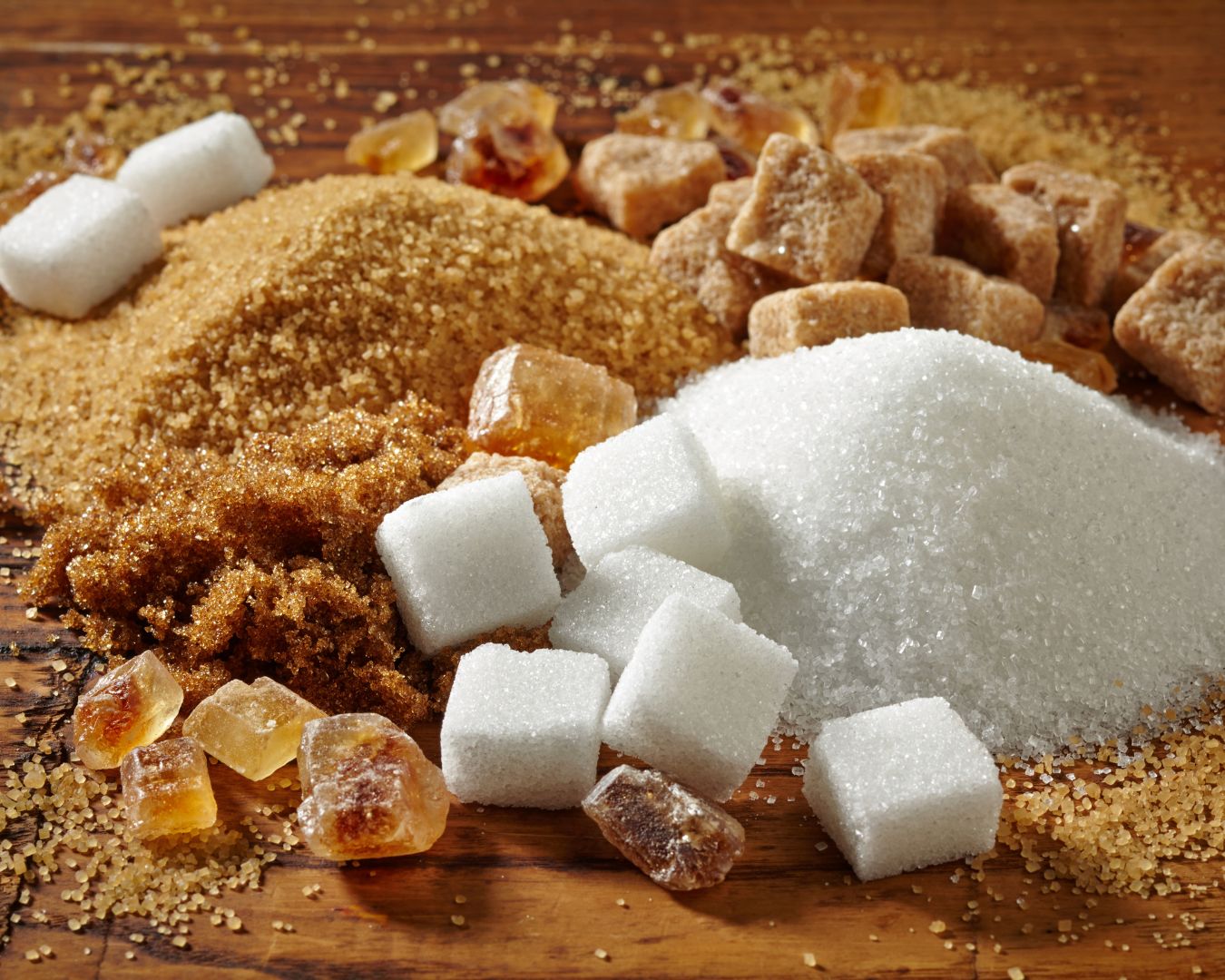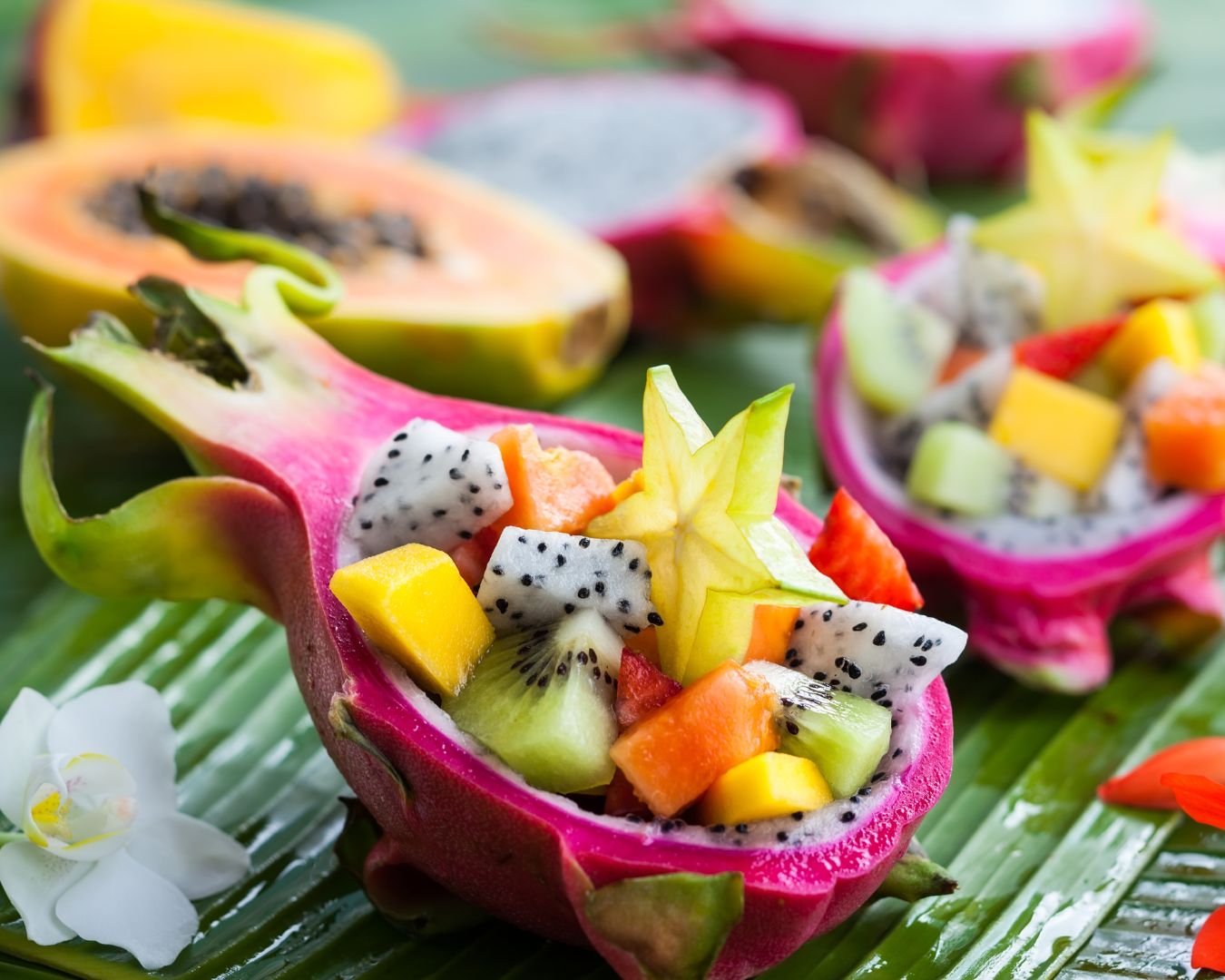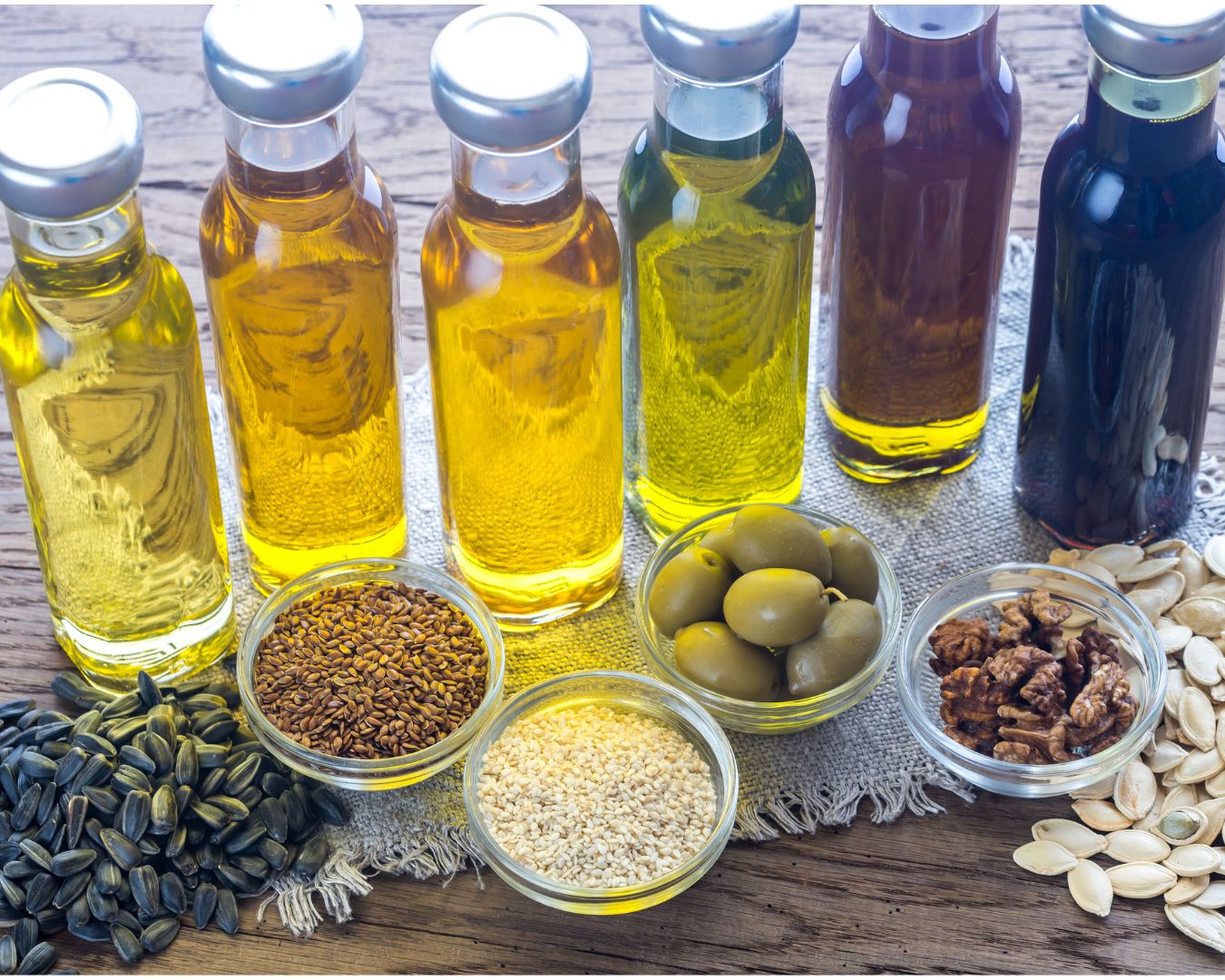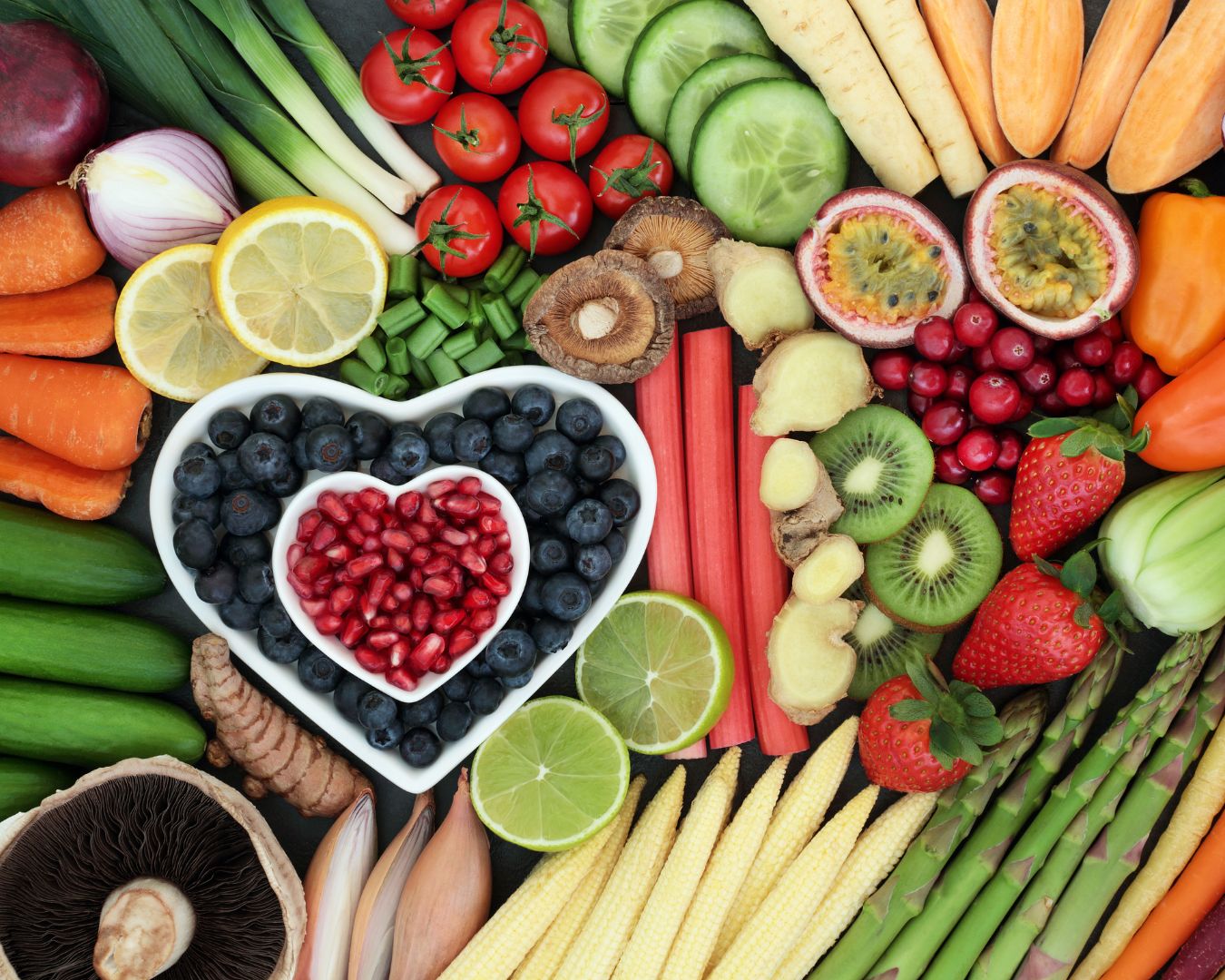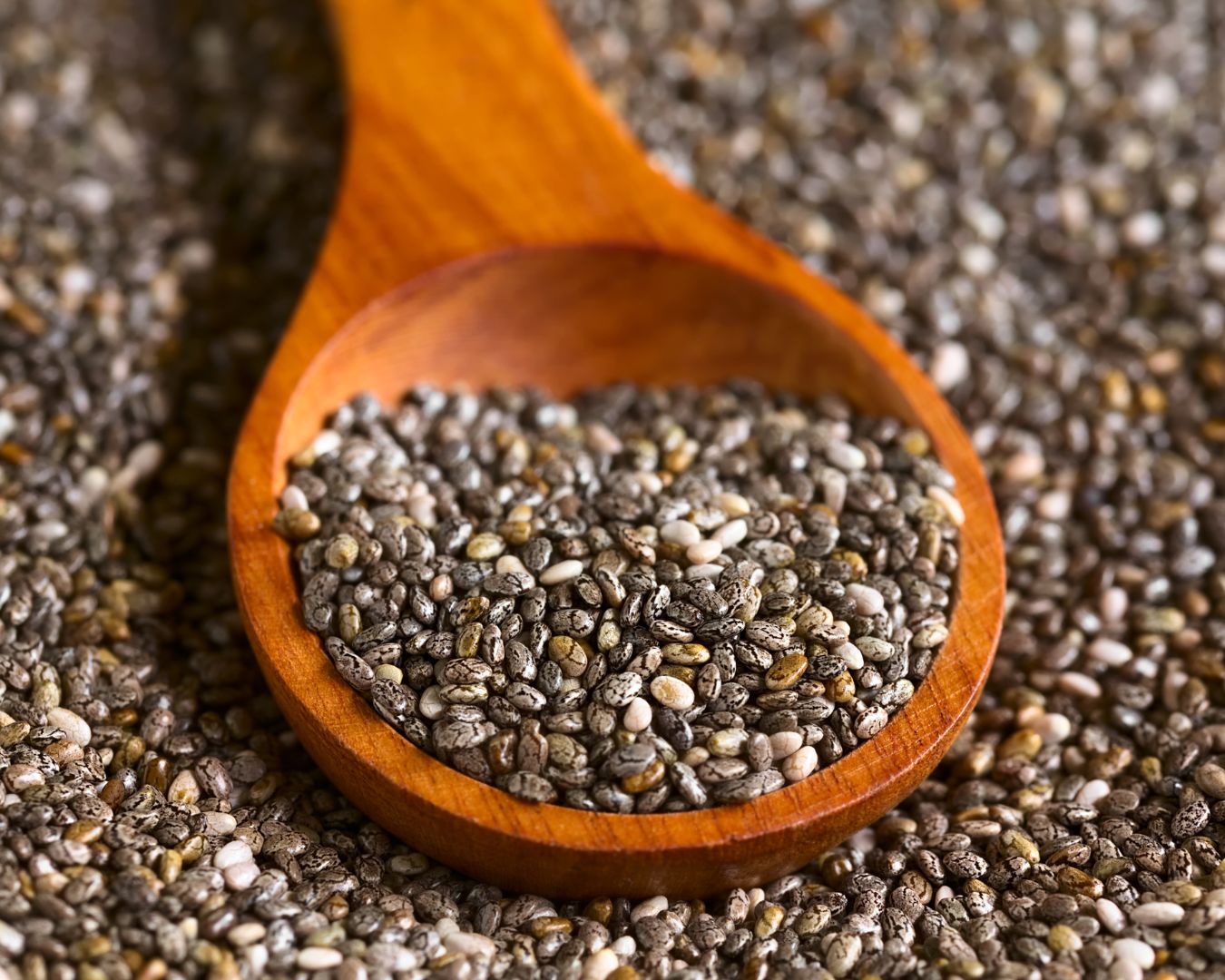Seeds are tiny powerhouses of flavor, texture, and nutrition that can elevate your cooking and baking in exciting ways. From sprinkling chia seeds over your morning yogurt to adding a crunch of sunflower seeds to your salads, seeds are versatile, nutrient-rich ingredients that deserve a starring role in the kitchen. Whether you’re making savory dishes or sweet treats, incorporating seeds can boost the taste, nutritional value, and visual appeal of your meals. Let’s dive into the world of seeds and explore how you can start cooking and baking with them. Why Use Seeds in Cooking and Baking? Seeds are packed with essential nutrients like healthy fats, protein, fiber, vitamins, and minerals. They are particularly rich in omega-3 fatty acids, antioxidants, and phytochemicals, making them excellent for heart health, digestion, and overall wellness. But beyond their health benefits, seeds bring a unique combination of flavors and textures to your dishes. They can be crunchy, nutty, or mildly sweet, depending on the variety and how they’re used. Here’s a look at some of the most popular seeds you can incorporate into your recipes. Common Types of Seeds Chia Seeds Chia seeds are small, but they pack a powerful nutritional punch. When soaked, they form a gel-like consistency, making them a fantastic addition to smoothies, puddings, and jams. In baking, chia seeds can be used as a substitute for eggs (just mix 1 tablespoon of chia seeds with 3 tablespoons of water to create a chia “egg”). They are also great for adding a subtle crunch to granola bars, muffins, and breads. Try this: Flaxseeds Flaxseeds are another nutrition powerhouse, rich in fiber and omega-3 fatty acids. Similar to chia seeds, ground flaxseeds can be used as an egg substitute in baking. Their nutty flavor works well in breads, muffins, and pancakes. Flaxseeds are also excellent when added to smoothies, oatmeal, or homemade granola. Try this: Sunflower Seeds Sunflower seeds bring a rich, nutty flavor to both savory and sweet dishes. They are fantastic roasted and added to salads, soups, or grain bowls for added texture. In baking, you can use sunflower seeds to top breads, muffins, or cookies for a crunchy contrast. You can also grind them to create a smooth sunflower seed butter, which can be used in place of peanut butter in cookies, sauces, or spreads. Try this: Pumpkin Seeds (Pepitas) Pumpkin seeds, also known as pepitas, are a fantastic source of magnesium, iron, and zinc. They have a mild, earthy flavor and can be used in both savory dishes and baked goods. Toasted pepitas are perfect for adding a crunchy element to soups, salads, and even tacos. In baking, you can toss them into quick breads, cookies, or granola. Try this: Sesame Seeds Sesame seeds are known for their rich, nutty flavor and are often used to garnish breads, crackers, and pastries. They are a staple in many Middle Eastern and Asian cuisines, adding texture and flavor to dishes like tahini, hummus, and stir-fries. Toasting sesame seeds enhances their flavor, making them a perfect topping for salads, sushi, or noodles. Try this: Poppy Seeds Poppy seeds are small but pack a delightful crunch and subtle nuttiness, commonly used in baking. They are a great addition to muffins, cakes, and breads, particularly when paired with citrus flavors like lemon. Poppy seeds also work well in savory dishes like salad dressings or sprinkled over bagels. Try this: How to Use Seeds in Baking Seeds can be incorporated into your baking recipes in multiple ways, whether mixed into the batter or used as toppings. Here are a few tips for baking with seeds: Savory Cooking with Seeds Seeds aren’t just for baking—they can also enhance savory dishes. Use them to add texture, flavor, and nutrition to everything from salads to main courses. Cooking and baking with seeds not only enhances the texture and flavor of your dishes but also boosts their nutritional value. Whether you’re looking to create healthy snacks, hearty breads, or indulgent desserts, seeds offer endless possibilities in the kitchen. From chia to sunflower, every seed brings something unique to the table. So, grab a handful of seeds, and start exploring their potential in your next meal!


